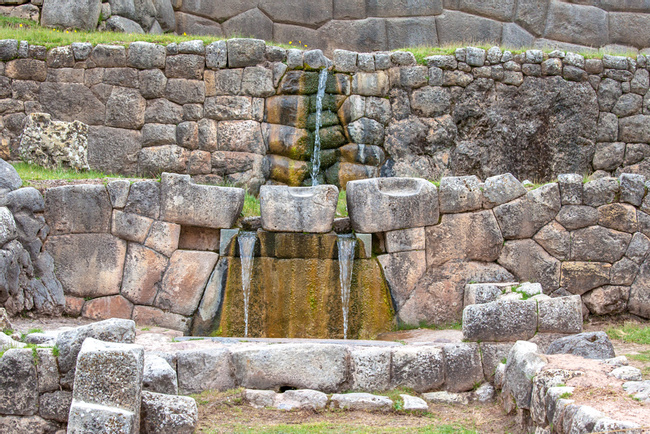
Tambomachay
Located 5 miles (8 km) from Cusco, Tambomachay is a peaceful Inca site consisting of a series of delicately carved aqueducts, canals, and waterfalls that run through the terraced rocks.
More about Tambomachay
In Quechua, Tambomachay means “guesthouse cave,” deriving from the word tampu, guesthouse, and mach’ay, cave. While the exact function of the site is uncertain, it may have served as a defensive outpost to Cusco, a spa for the elite Incan political leaders, a temple dedicated to water, or all three. One thing is certain: it held great meaning for the Incas, signaled by its huge double doorway, a feature reserved for places of importance.
Tambomachay is better known as El Bano del Inca, or “The Bath of the Inca,” because it is thought to have been a place to bath in attempt to clean the mind and spirit of evil. Legend has it that the spring water here has never run dry, sparking the belief that it is also a possible “fountain of youth.”
The clear and abundant water that flows at Tambomachay originates from nearby thermal springs. The aqueducts and canals are built in such a way that the water flows unhindered to a little waterfall at the bottom of the structure, once used for ceremonial purposes. Inca worshipped water as the source of life; one of the pillars of the Andean conception of the world.
Tambomachay is a great example of the ancient architects’ ability to harmonize constructions with landscape, creating a space where the sound of the water echoes in the canals, resulting in a beautifully peaceful atmosphere.
It's more than just having a good time or visiting beautiful places (although that's absolutely a part of it!), it's about being part of a unique experience that stays with you.



